It is not uncommon to feel a little down during the winter months. Days are shorter, temperatures are colder, and days of rest tend to be few. For some people, however, seasonal changes bring more serious mental health challenges that should not be overlooked or ignored.
Seasonal affective disorder (SAD) is a depressive disorder characterized by sadness and symptoms that develop in a seasonal pattern. It affects up to 10 million Americans,[1] although many may not be aware of it.
Like any depressive disorder, it is critical to identify the condition and ensure that people get the treatment and support they need. Here are some things to know about SAD and steps you can take to improve your mental health throughout the year.
What is Red Light Therapy?
Red Light Therapy, also known as Photobiomodulation, is a non-invasive treatment utilizing certain wavelengths of red light, which pass through the skin and have various health and aesthetic benefits. Unlike traditional pharmaceutical treatments, this innovative therapy works directly at the root of the problem. It stimulates cellular activity, improves circulation and helps the body heal naturally. This approach focuses its benefits in the mitochondria, the part of the cell that is responsible for the production of energy in the body, the same energy that is used to overcome common diseases and problems. If you haven't already done so, we encourage you to read our blogs “How Does Red Light Therapy Work?” and “Is Red Light Therapy Fake?”
How Red Light Therapy Helps with SAD
Red Light Therapy is particularly effective for SAD because of its ability to address some of its root causes. One of the biggest benefits is its ability to improve mood by stimulating the production of neurotransmitters such as serotonin and dopamine. It can help reduce feelings of depression and anxiety, bringing a more relaxed and positive emotional state.
In addition, Red Light Therapy helps regulate the circadian cycle, the body's natural clock that governs sleep-wake rhythms. In the winter time, this cycle undergoes changes due to fewer hours of sunlight, causing poor sleep quality and lowering energy levels. RLT simulates sunlight and produces the benefits of the sun, helping your body regulate daily phases and improving sleep.

Another of the major benefits brought by this treatment is the reduction of fatigue. Many people with Seasonal Affective Disorder are marked by increased sleepiness and fatigue, especially during the cold months. The effect of photobiomodulation on cellular energy production through stimulatibon of the mitochondria has been studied; the result is increased ATP production and cells improve energy production needed to get through the day.
Red Light Therapy is also able to improve cognitive function. Studies have found an improvement in concentration, increased mental clarity and memory. Improved mood along with better sleep, increased energy, and enhanced cognitive function can make a substantial difference in the daily lives of those with SAD.
Integration of Red Light Therapy
If you are considering RLT for seasonal affective disorder, these are some steps that will help. First, choosing the right device is crucial; opt for a device that transmits wavelengths from 630 to 850 nm. There are a variety of devices, including: panels, lamps, wearable devices, this way you will be able to choose the one that best suits your lifestyle and needs.
Create a treatment space for your sessions. Choose where you would like to do your treatment, the place should be comfortable, an armchair, couch or bed are perfect. Now you will need to figure out the duration and frequency of your sessions, start with shorter sessions and gradually increase the duration and weekly days according to your comfort. Regular use of the devices exponentially increases its benefits. Daily sessions are usually the most effective in combating SAD symptoms.
During your sessions, make sure the device's red light covers your face and head, these areas are the most impactful for mood regulation. Although Red Light Therapy is generally safe for your eyes, be careful and do not look directly at it; you may possibly consider using protective eyewear or simply keeping your eyes closed.

Successful Results and Research
Many users have reported significant improvements in mood and energy levels after incorporating red light therapy into their routine. Clinical studies have shown that RLT is effective in treating SAD and can lead to noticeable benefits after just a few sessions. Individuals have noticed improved sleep quality, which is critical for overall health and well-being. This is because red light therapy helps regulate melatonin levels, giving more energy during the day and allowing for easier relaxation during the evening.
Conclusion
Red Light Therapy is a safe and non-invasive approach to combat the symptoms of Seasonal Affective Disorder. By improving mood, regulating sleep patterns, and increasing energy, RLT can help you get through the winter months with ease. If you are considering this therapy, consult a health professional to make sure it is right for you and to get personalized advice on its use. You will find a wide selection of RLT devices in our catalog, all of which are tested, safe and effective. Red light therapy could be a valuable addition to your routine, helping you to be happier and more energetic during the darkest months.
[1] https://www.bu.edu/articles/2019/seasonal-affective-disorder/


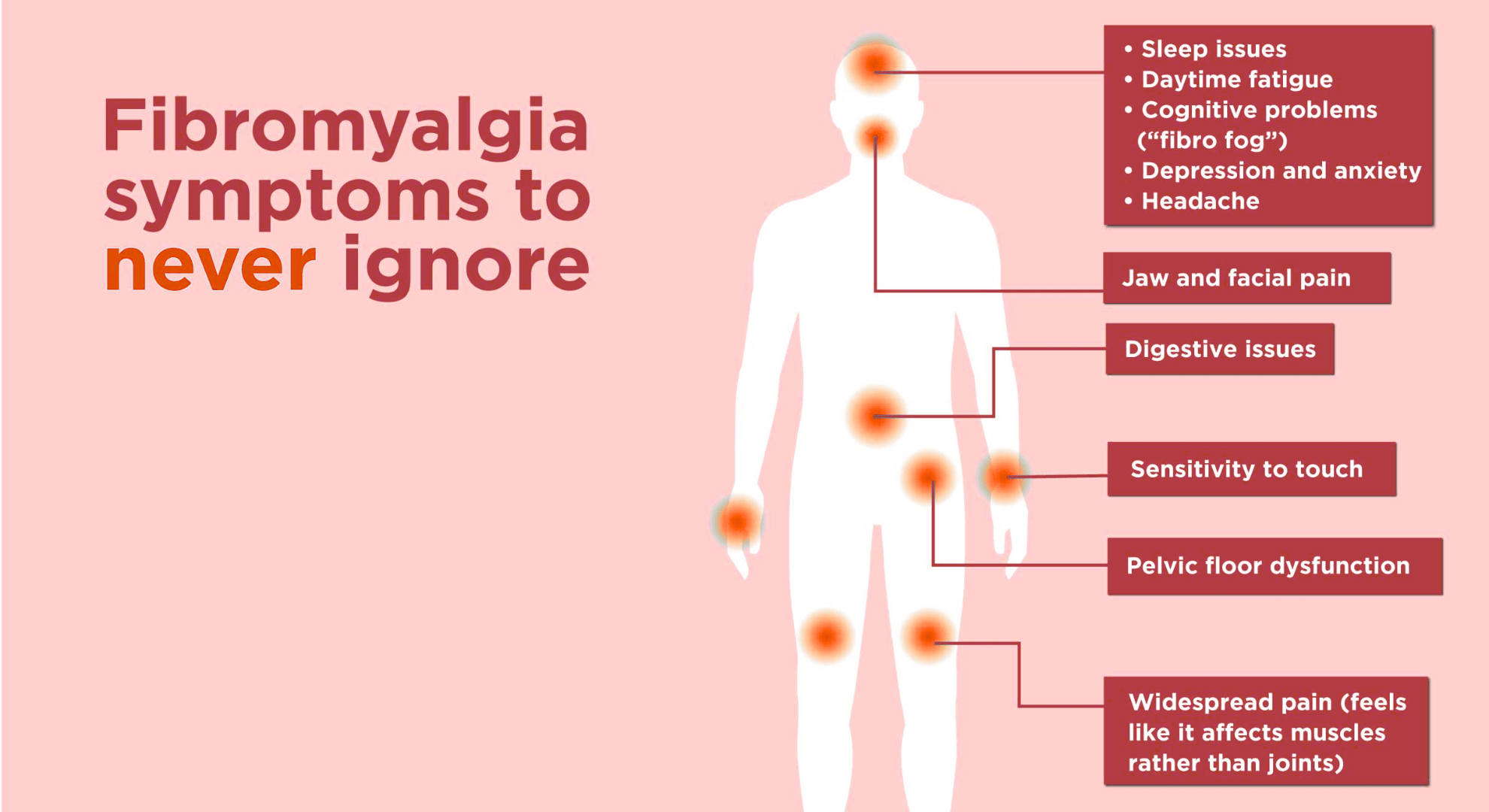
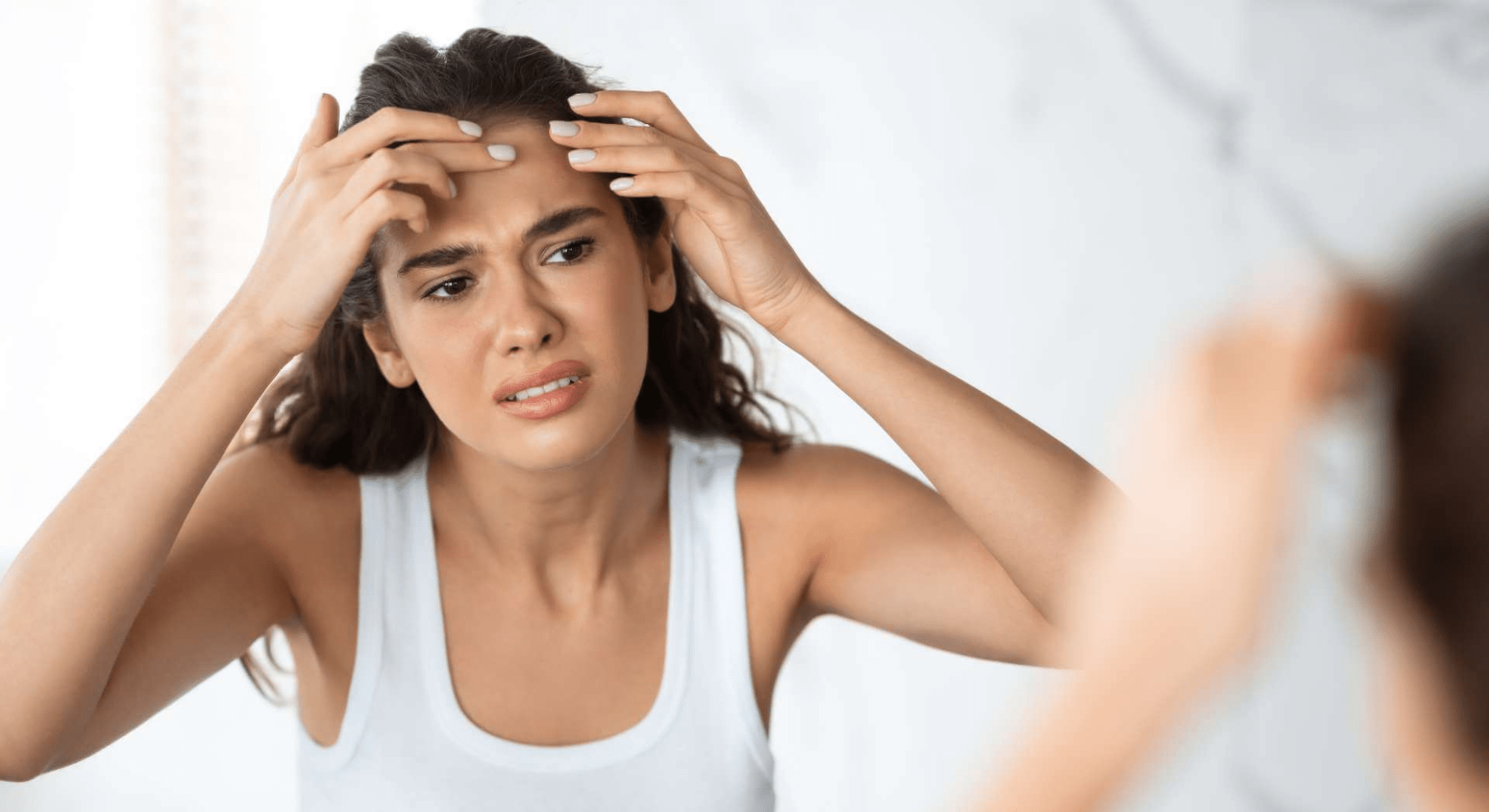
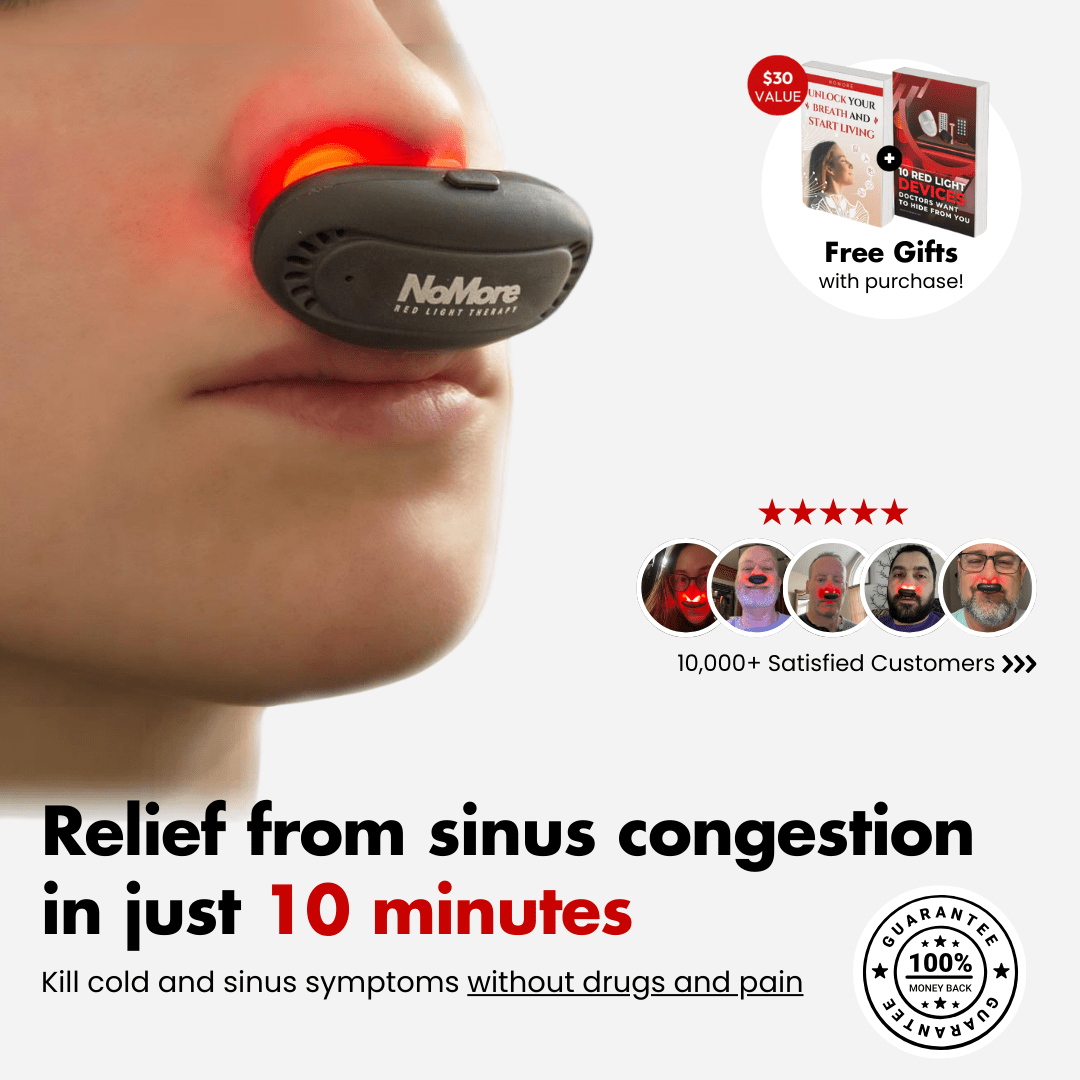
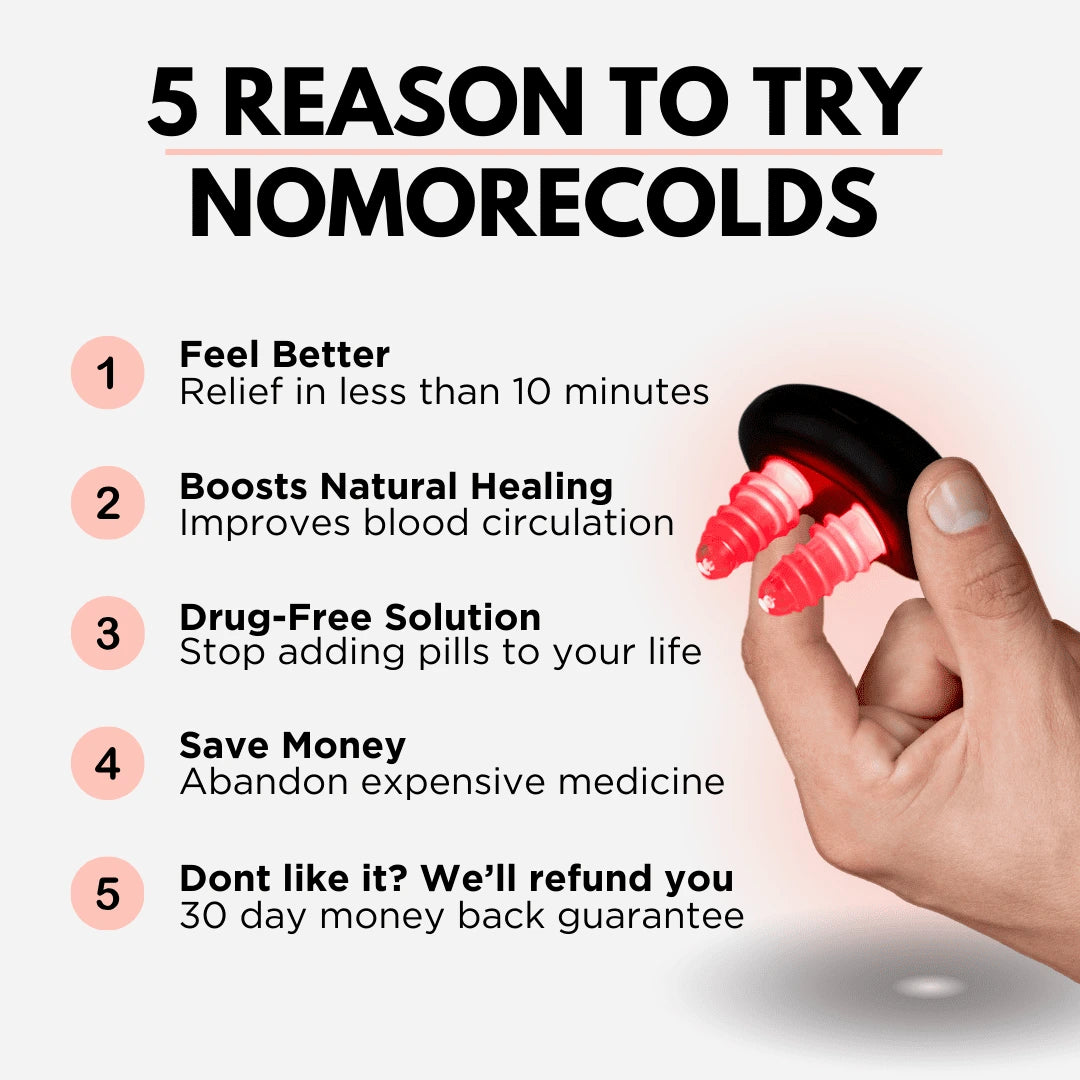
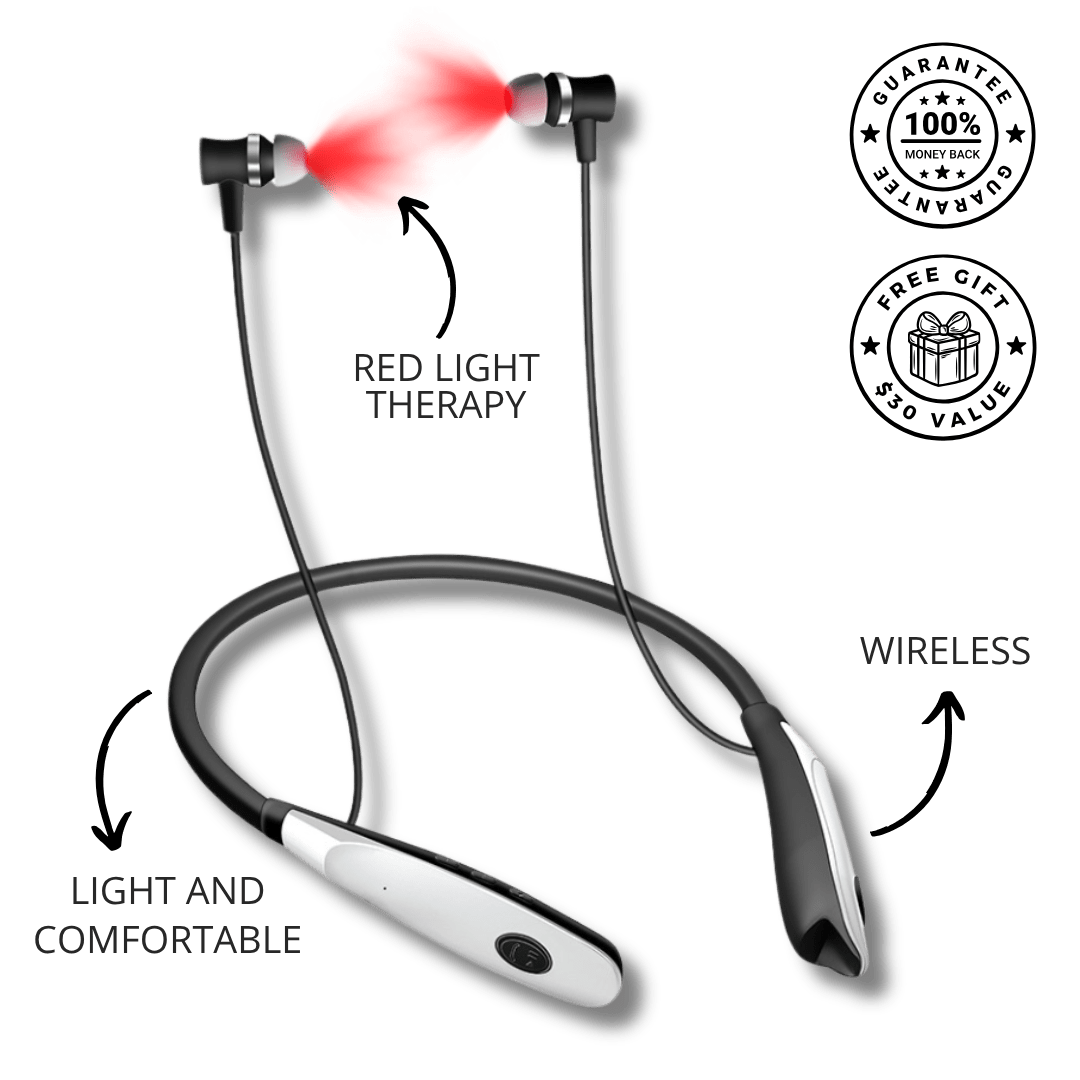
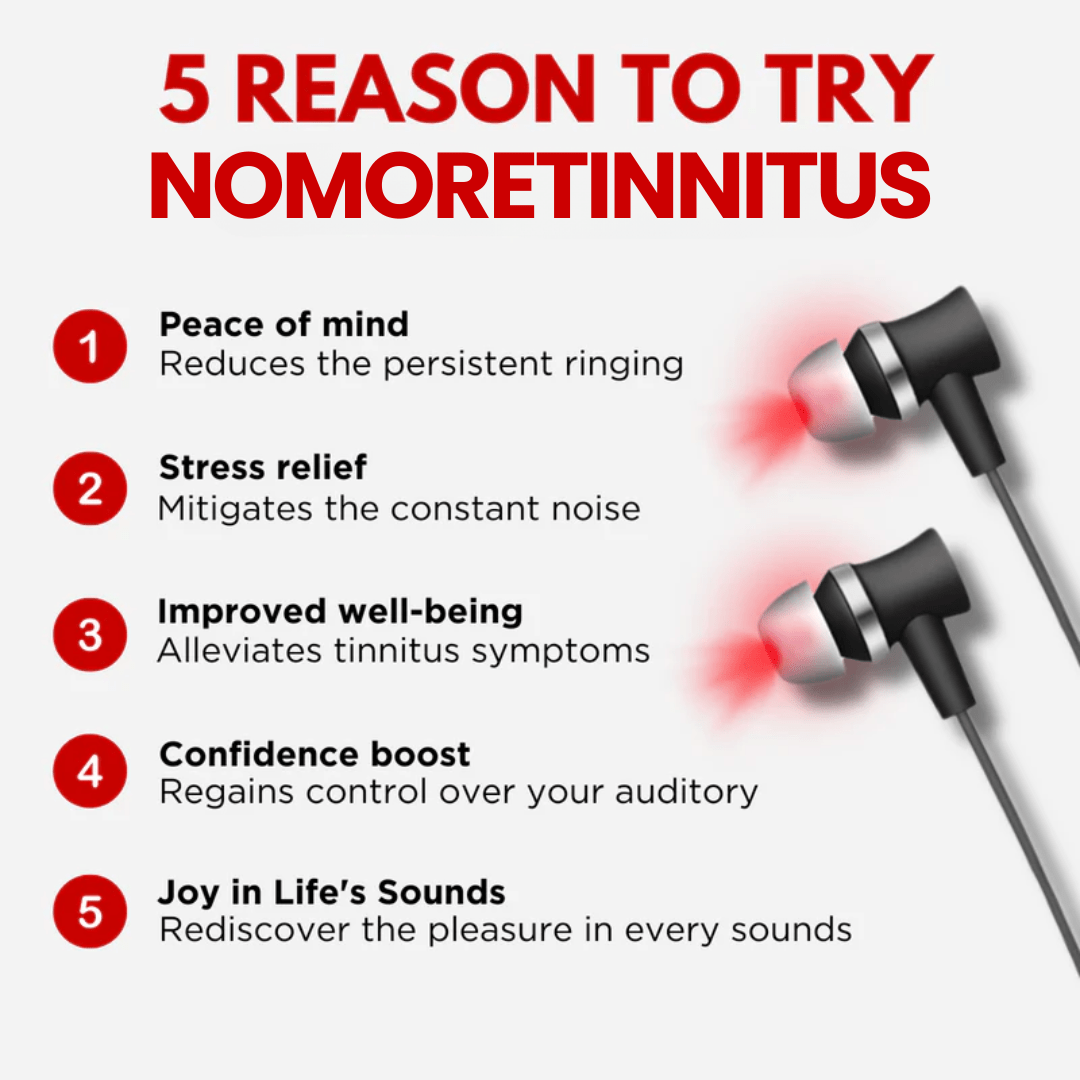
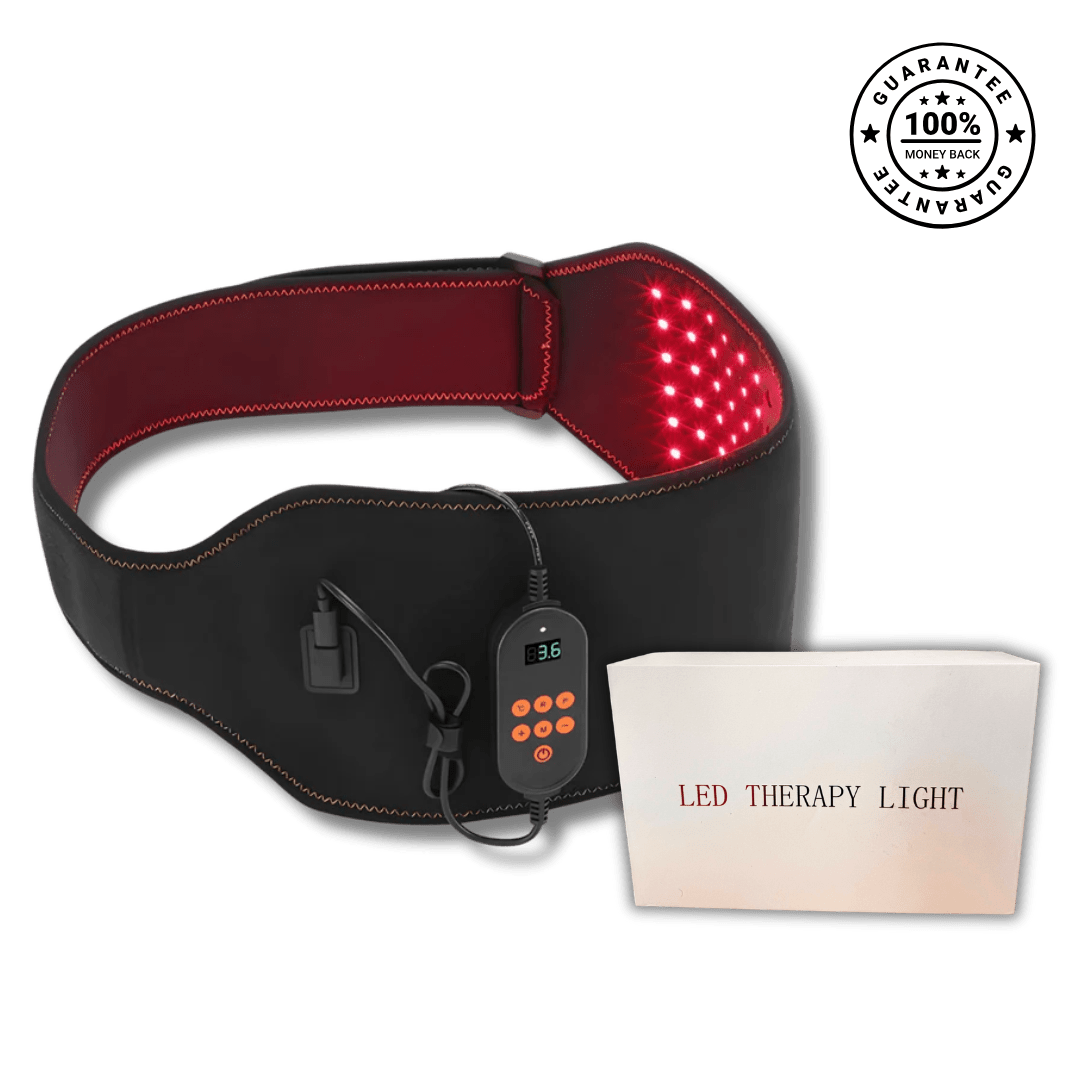
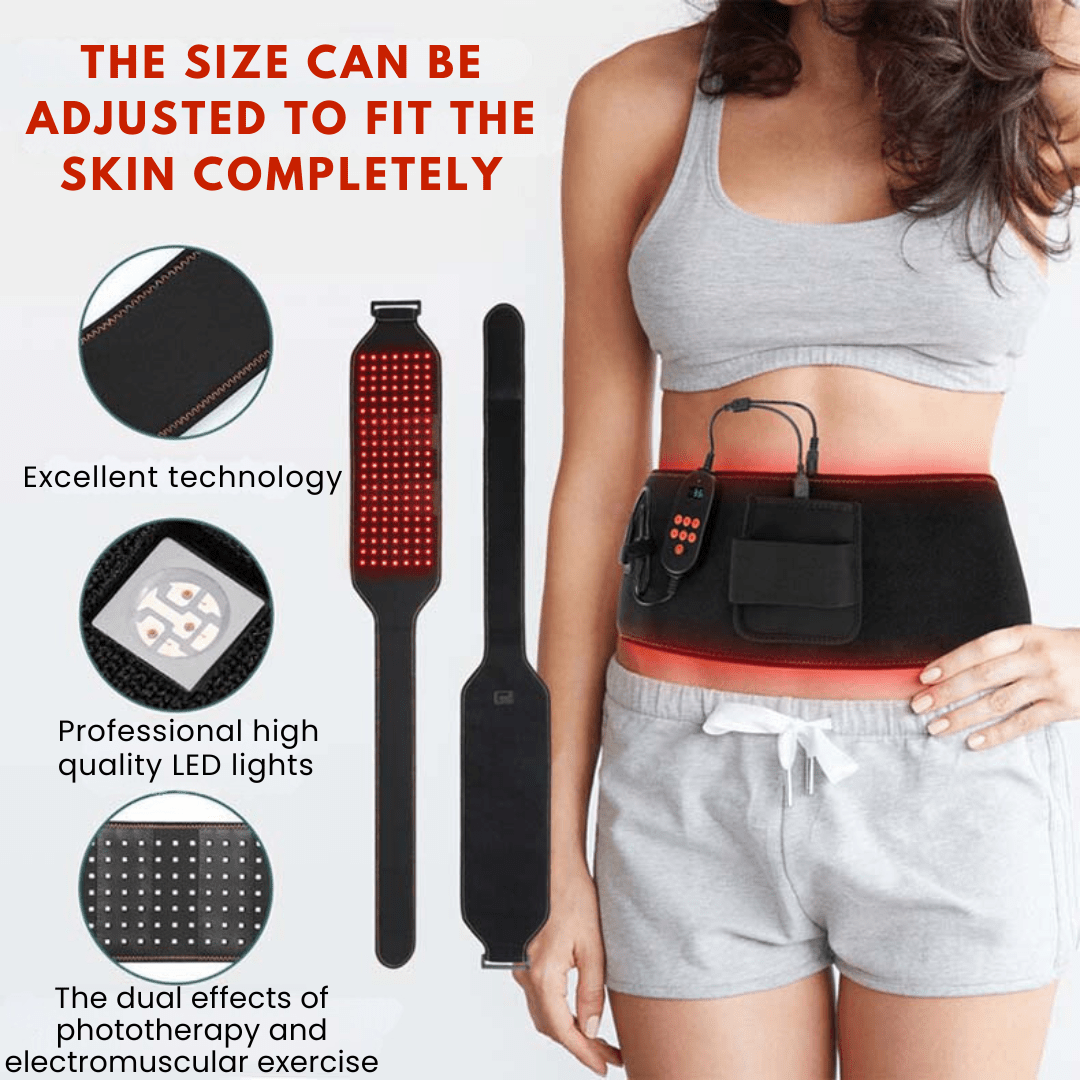
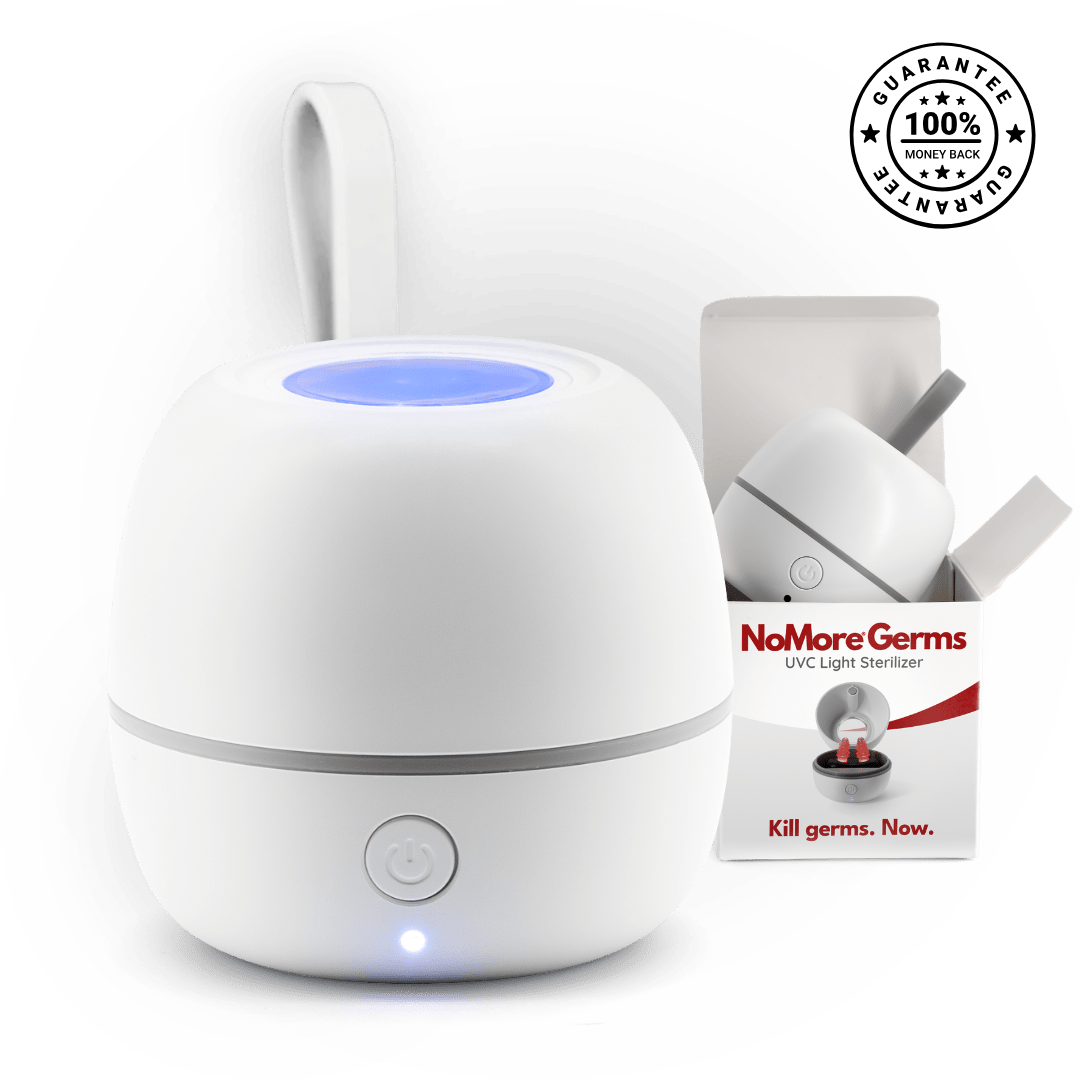
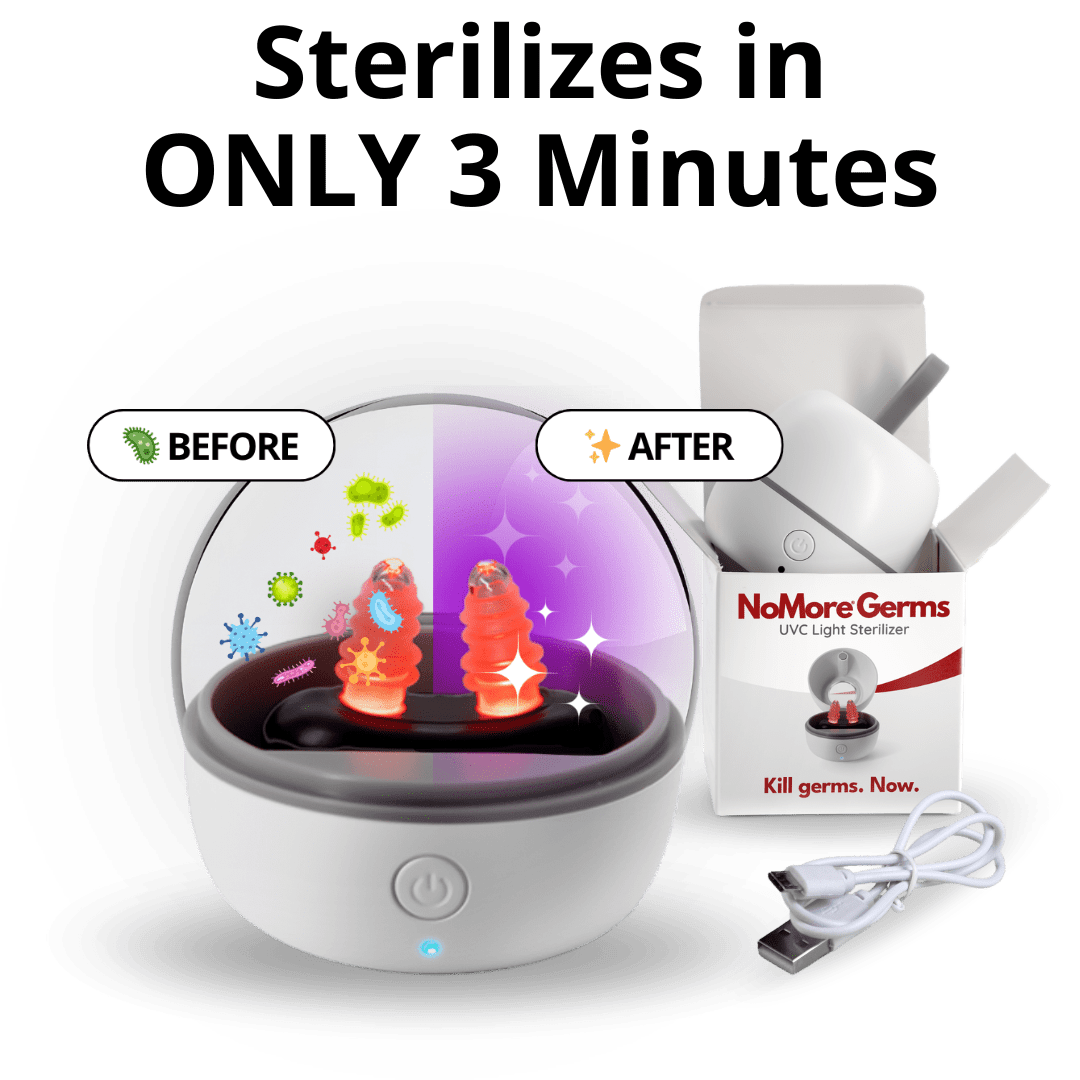
Leave a comment
All comments are moderated before being published.
This site is protected by hCaptcha and the hCaptcha Privacy Policy and Terms of Service apply.